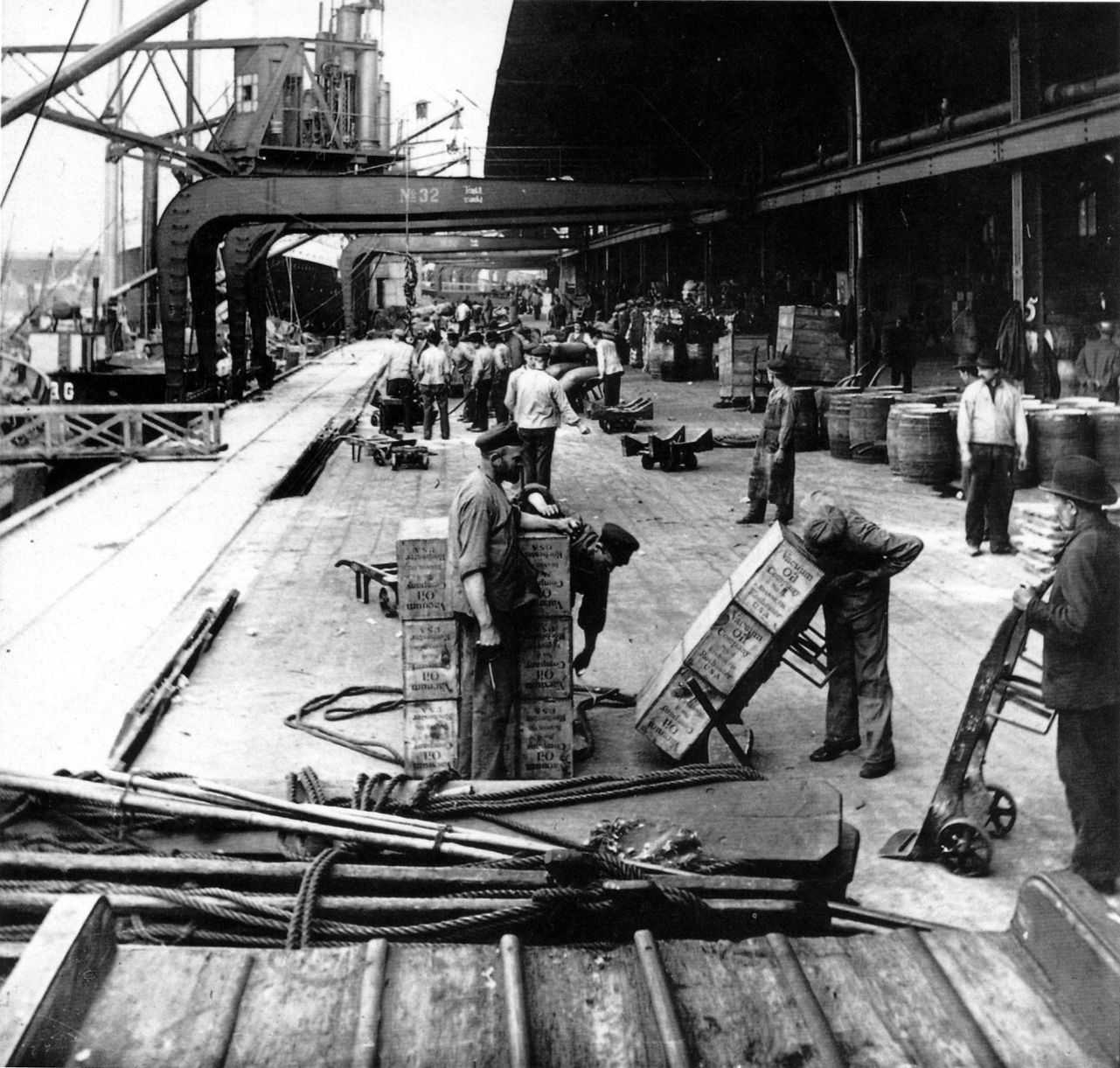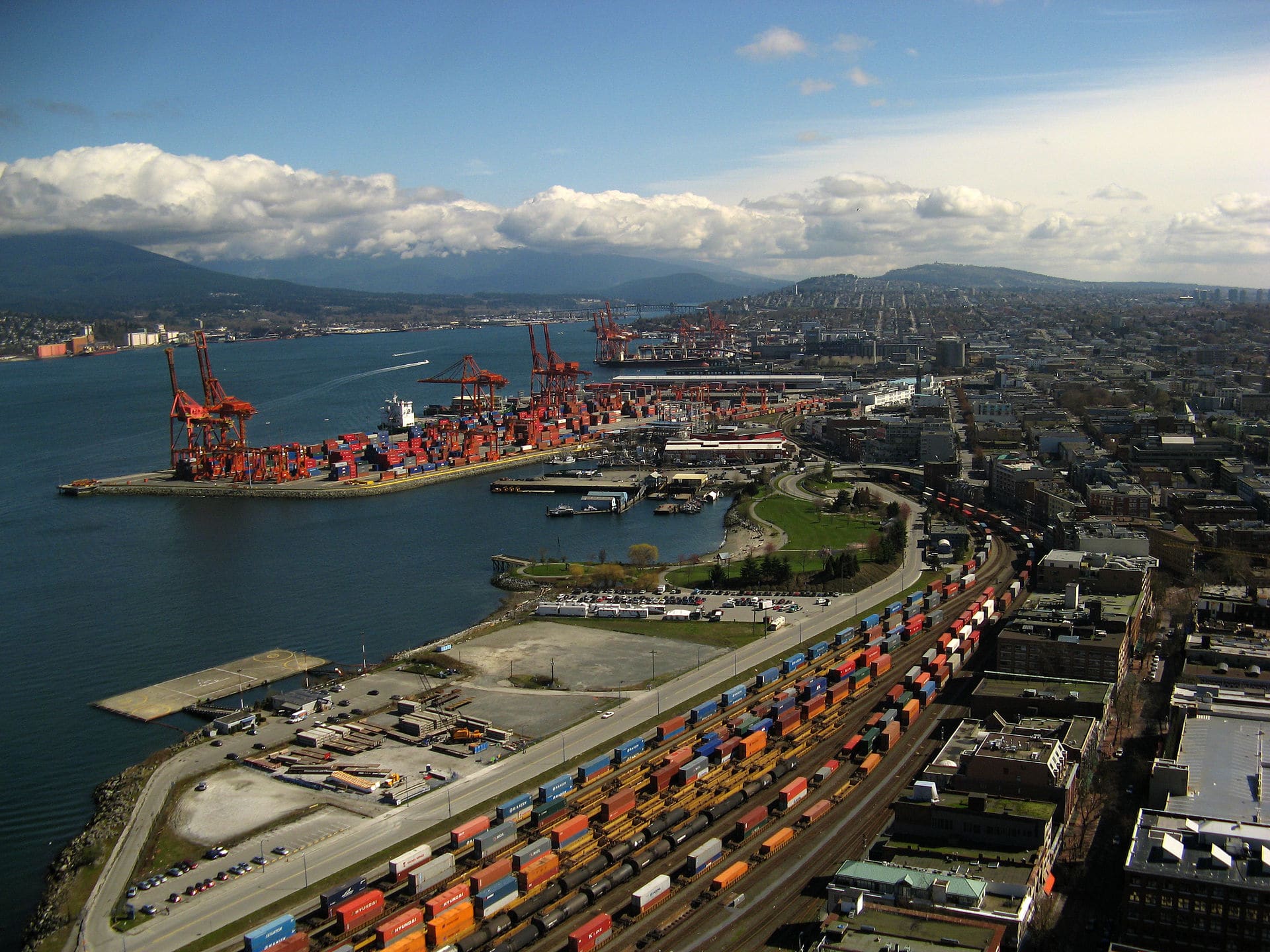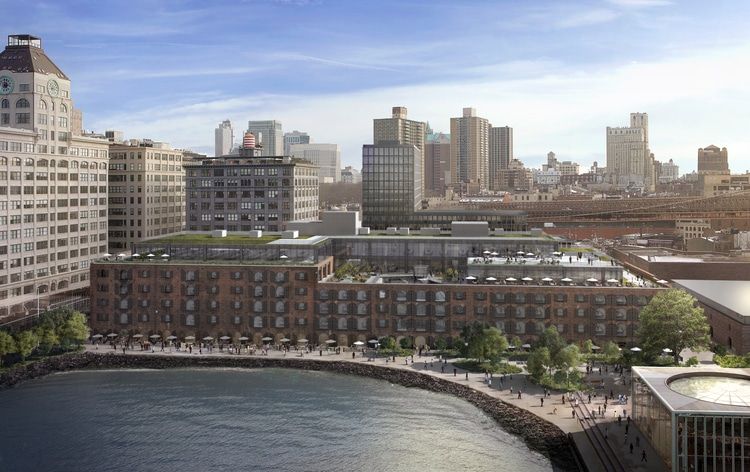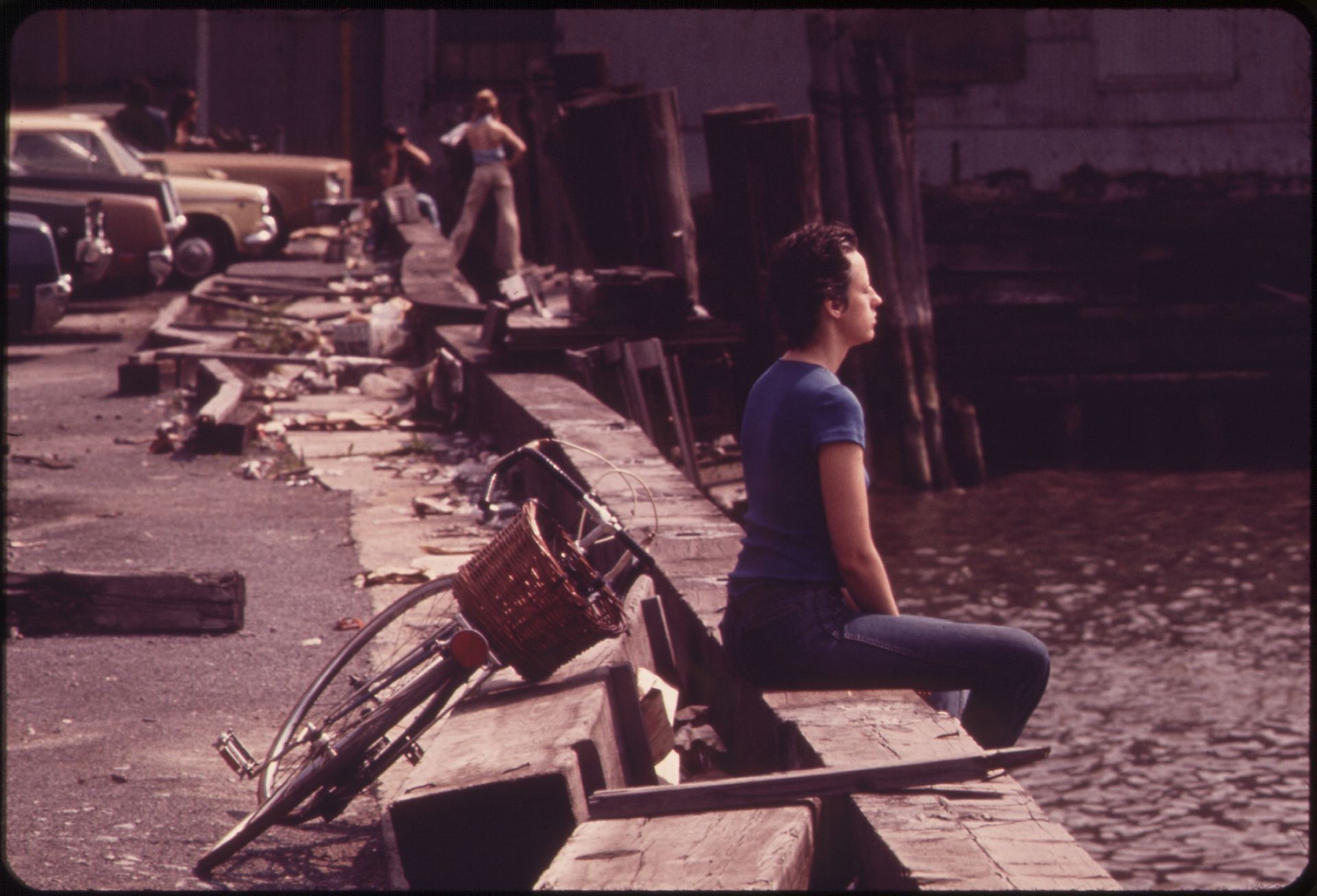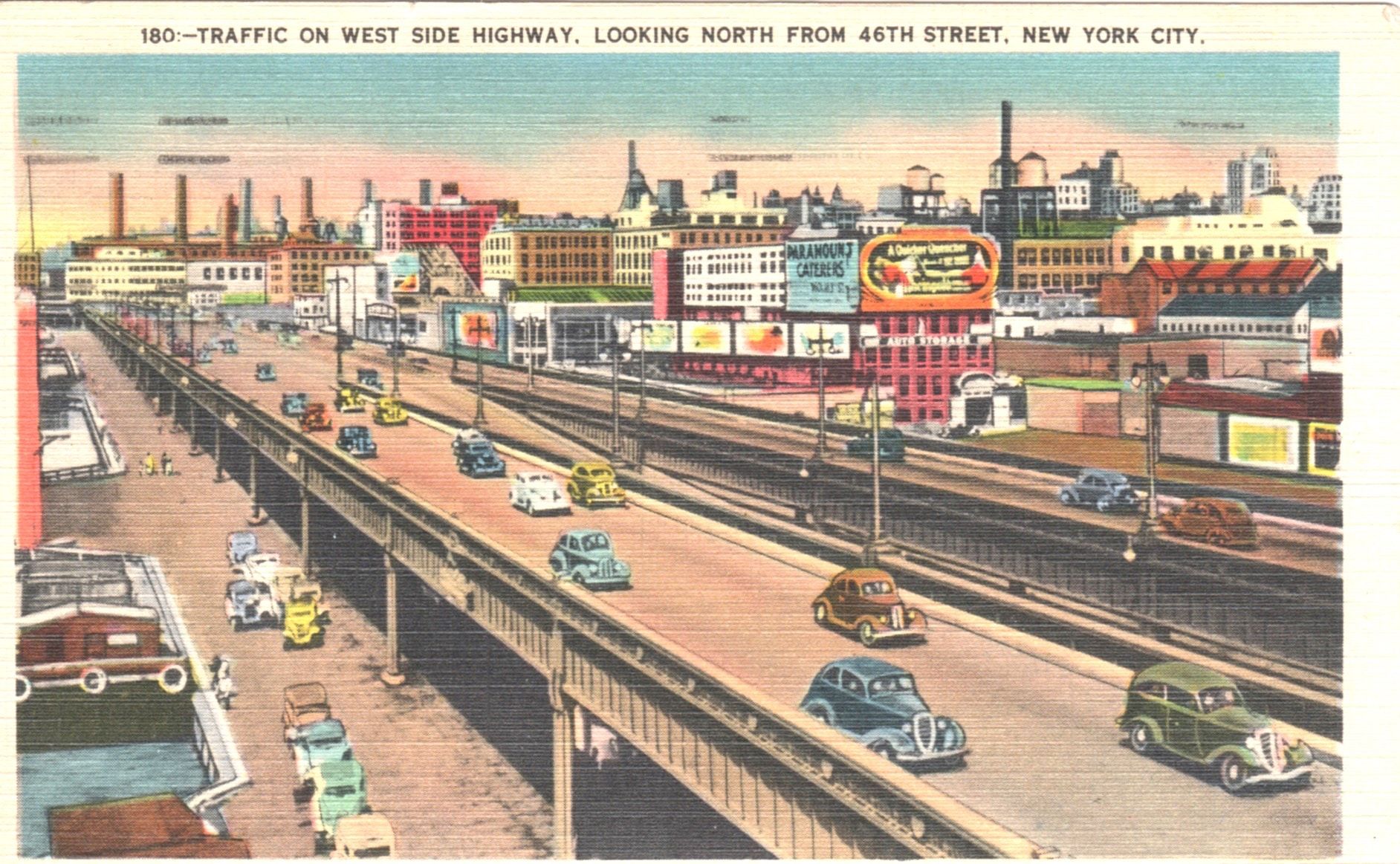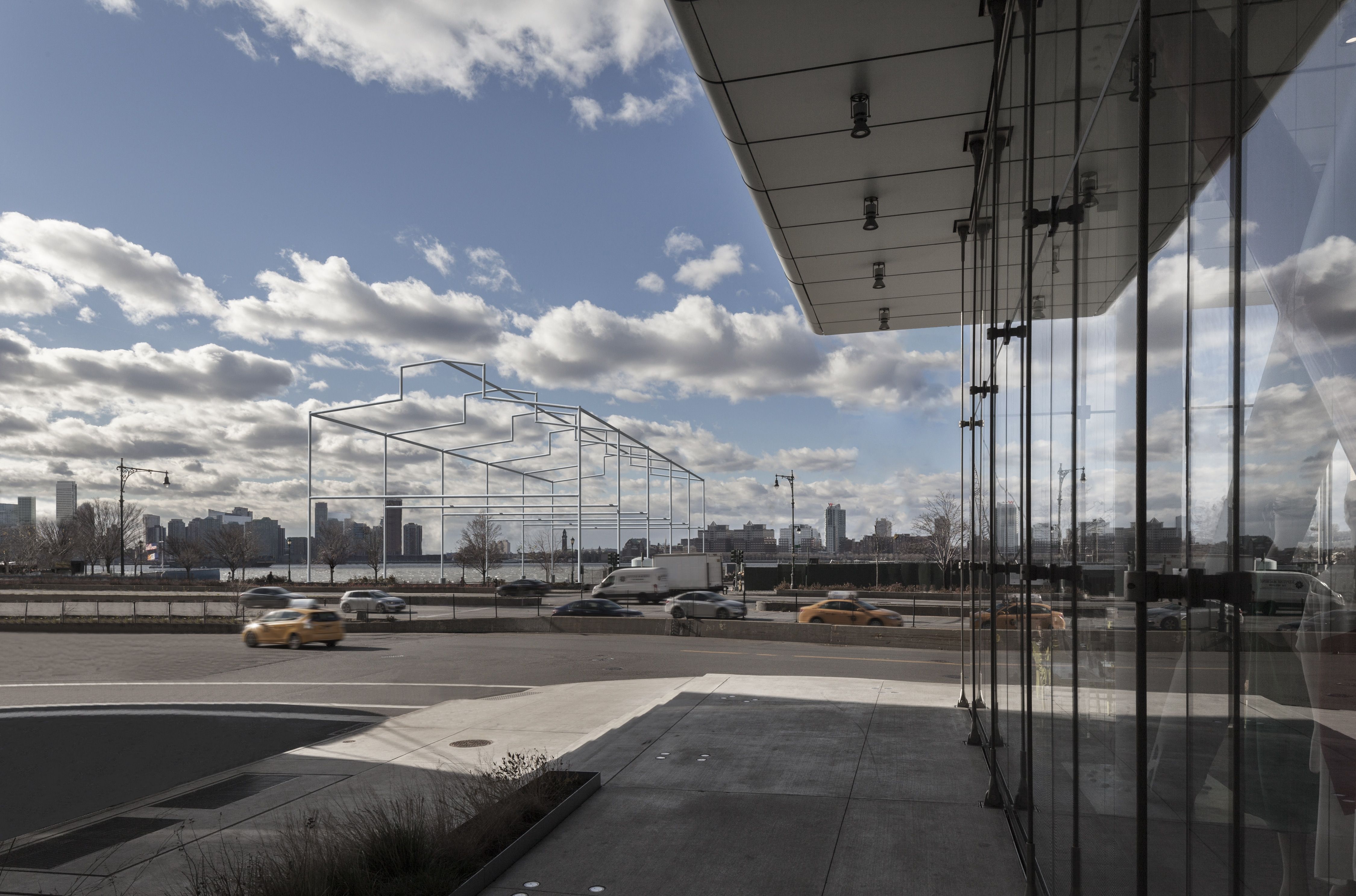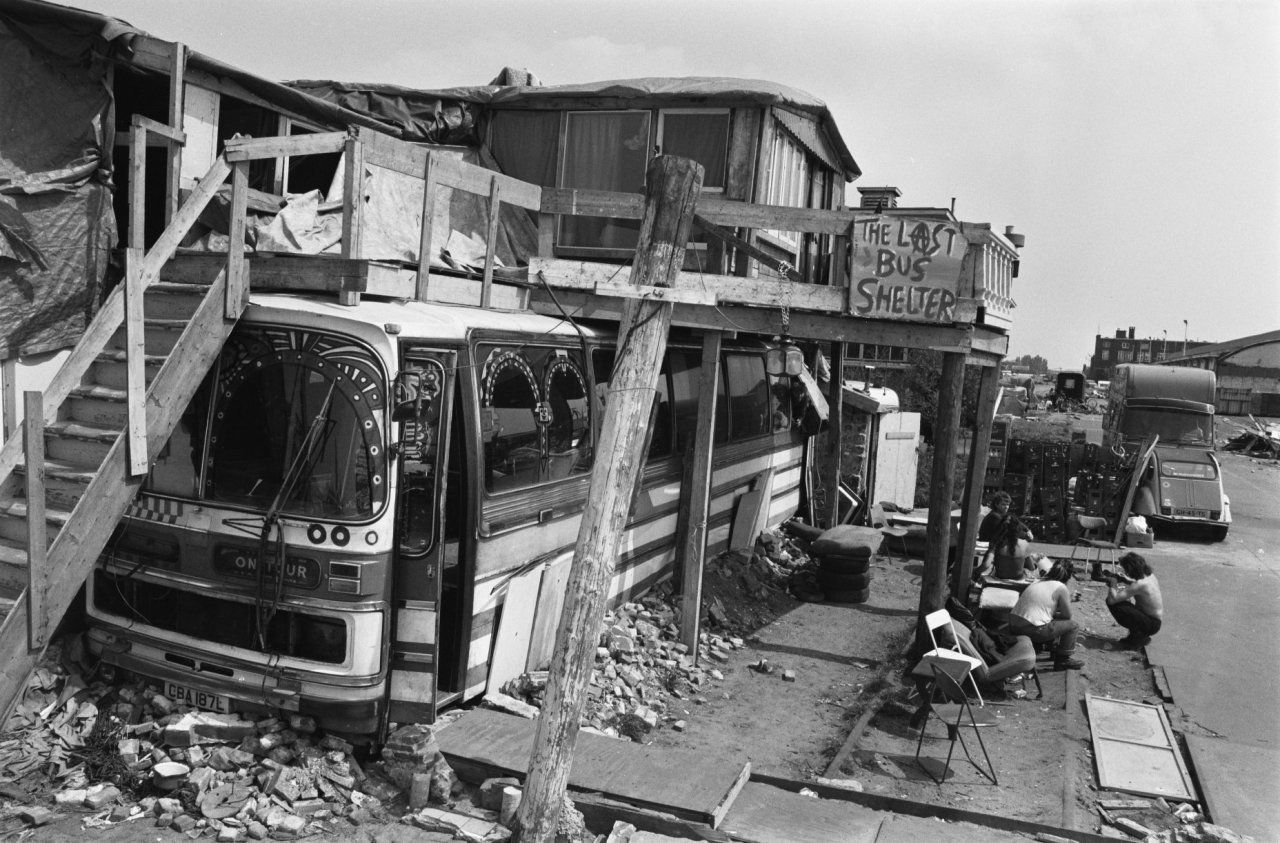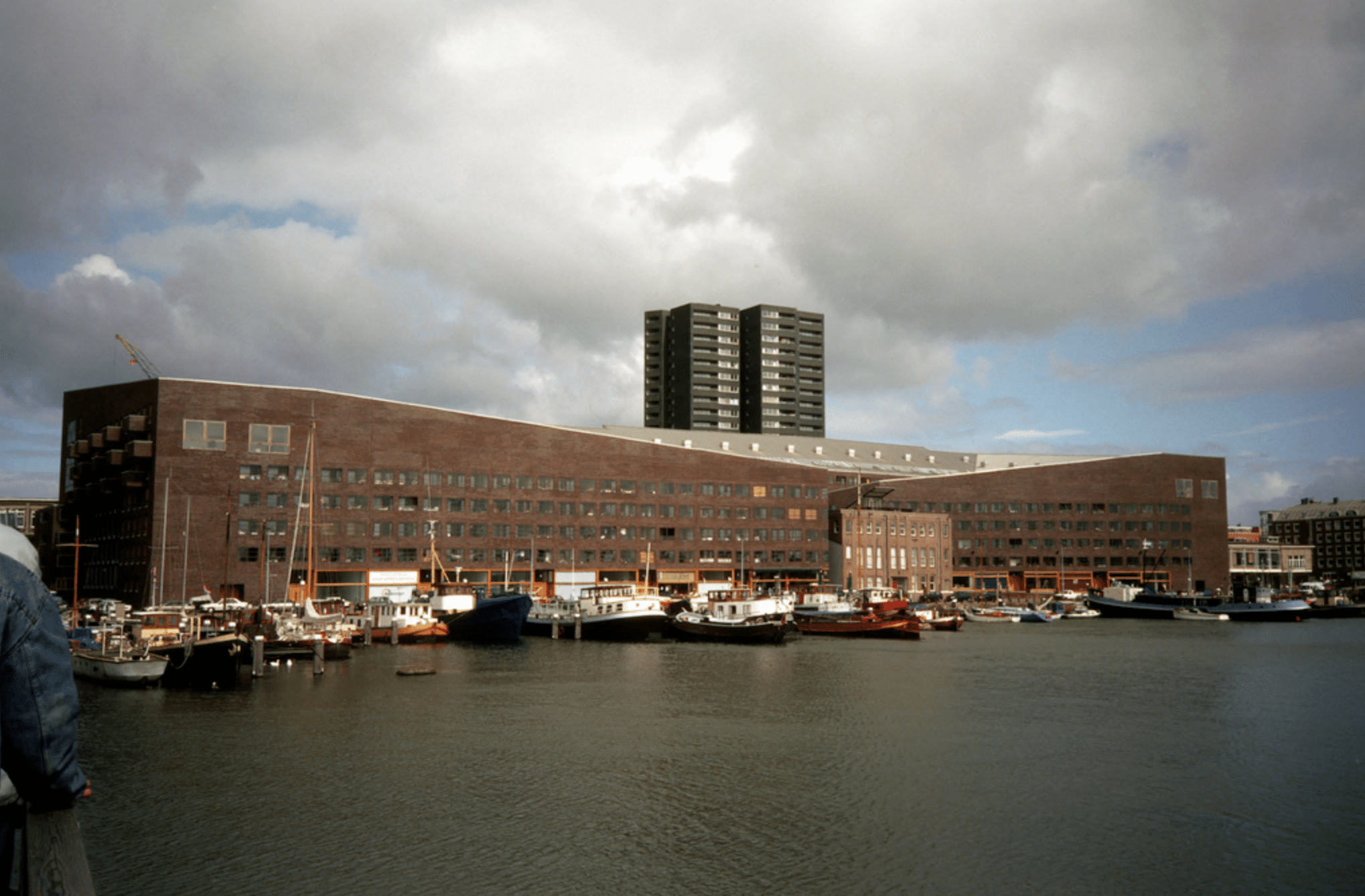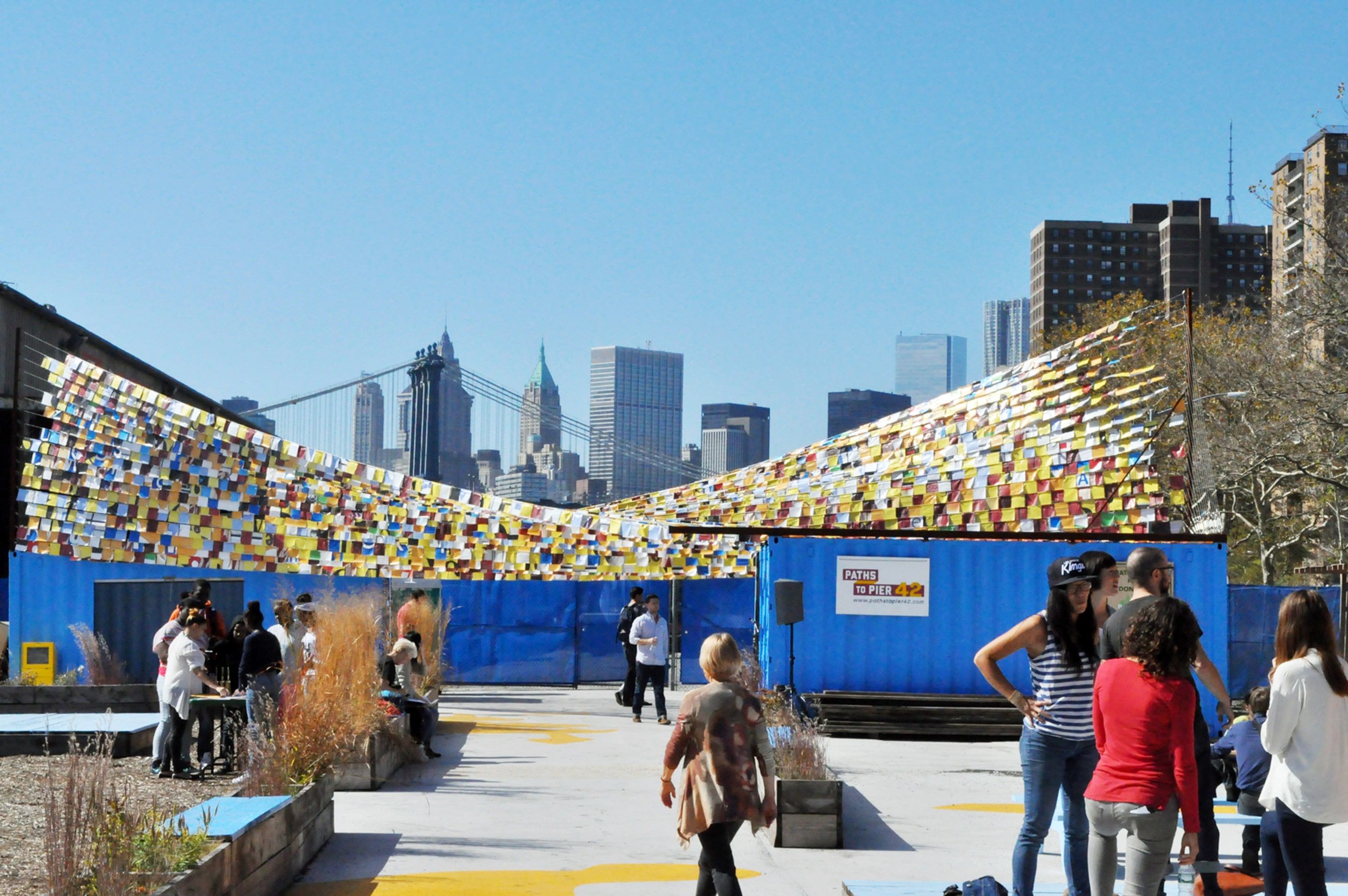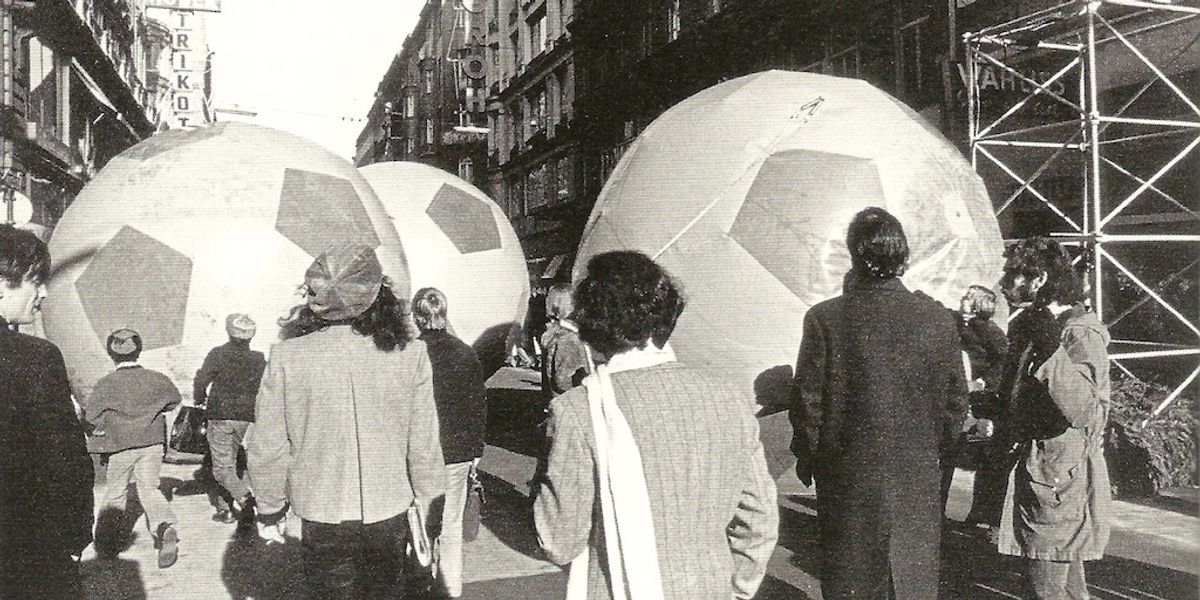In considering public art, it is crucial to take a critical look at public space in general and the structures, both physical and social, that define these spaces. Walls, avenues, monuments, neighborhoods, ethnicities, income brackets, accepted dress and social behavior are all keyholes through which to view the larger forces at work in our urban environments, as well as the role of the individual within the larger organism of the city. In the below text, artist Asbjørn Skou employs fantasy as a lens through which to consider our current – and very real – context. It’s a short story, about wolves and cities and a lot of other things… It’s an artwork of sorts. Though its form may diverge from the expected didactic text on the urban environment, it is no less researched. As Skou himself says, the text was formed through a confrontation with a double set of failures: the failure of political action to bring about actual meaningful change, and the failure of the work itself to transgress certain established epistemological limits. Skou strategically employs fiction as a tool for thinking through issues often too complex and fraught with biases in real life to deal with objectively. A side-entry to questions about the contemporary urban landscape, gentrification, marginalization of certain people groups, and the influence of the physical structure of the city itself. Here Freud, Haussmann, Ballard, and Deleuze are stirred together with werewolves, zoning laws, rioting and the militarization of the police. And a dead dog quoting Lefebvre. This free-form text is perhaps more poignant for its nuance, and the allowance that it gives all readers to imagine the city as their city, the wolf as self or other, and the time as past, present, or dystopian future.


